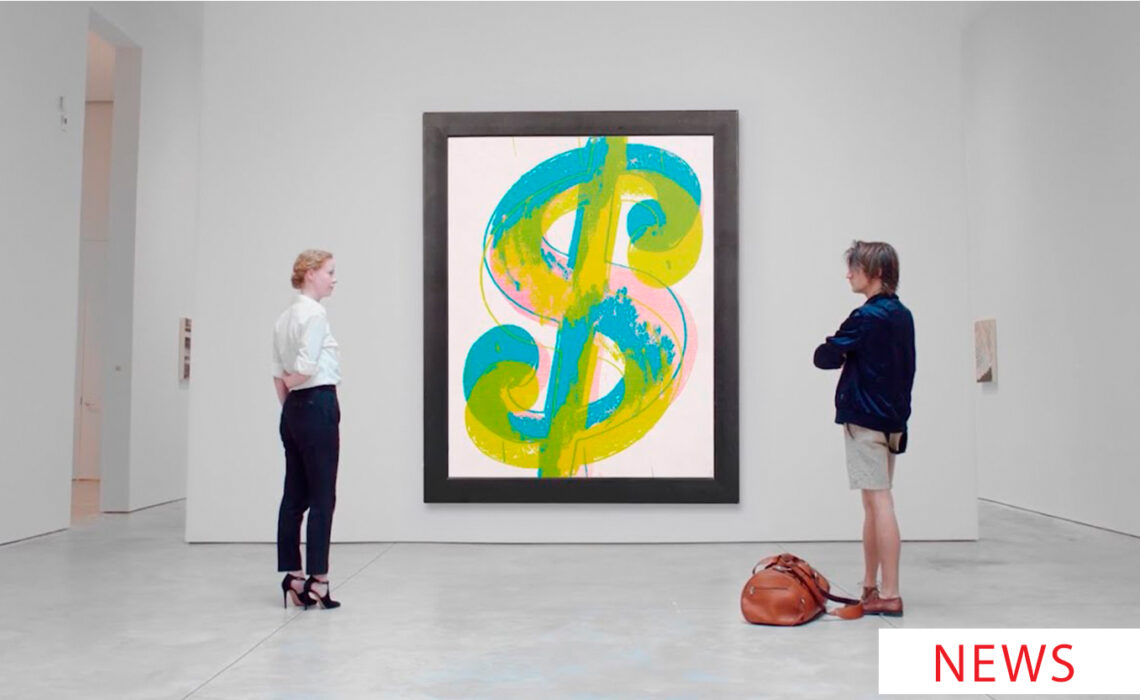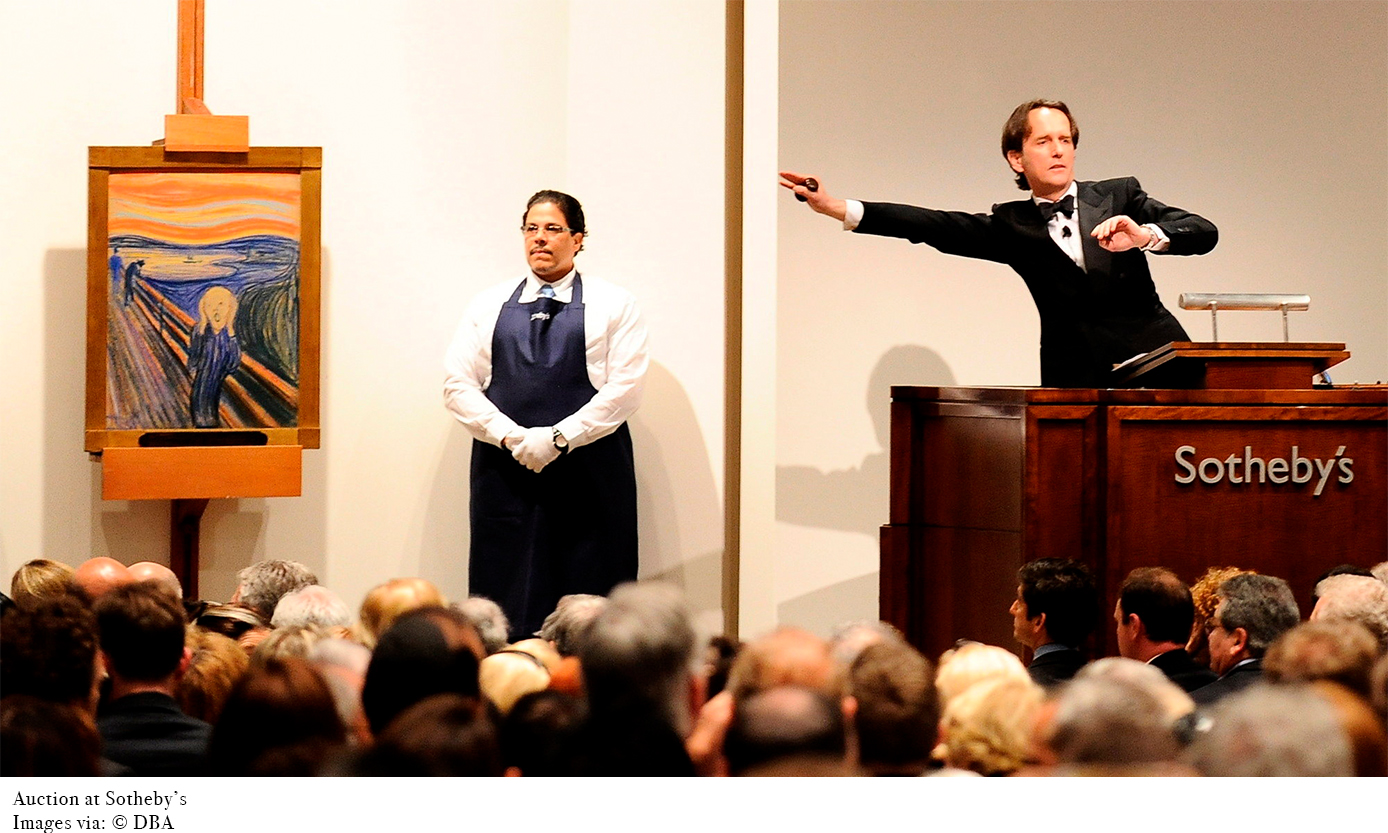
The Art Market has its Worst Downturn in 2020
By Sybaris Collection
A few days ago Art Basel and USB released their annual report where they confirmed what we all suspected: the art market had a significant decline in 2020. In fact, their numbers are very similar to those of 2009. In 2020 the art market reported 50,000 million dollars, when last year they were around 64,000 million dollars.
Due to the pandemic, the sale of art took place mainly in Internet spaces, which caused a double effect: on the one hand, prices were reduced; on the other hand, sales fell: although it is very attractive to buy in virtual spaces, collectors want to see many of the works they plan to acquire in person. As attractive as new technologies may be, the art market receives them with many doubts because the pieces require another type of sales process.
The newspaper El País announces new models for the sale and exhibition of works of art: “fewer international fairs and less crowded (the older the collector is, the less willing he is to travel, even when he is already vaccinated), and hybrid competitions (face-to-face and virtual), with small galleries with emerging artists under the shelter of large galleries with established creators or under the umbrella of renowned fairs (such as Art Basel). It also points to experiences such as that of the Londoner Frieze, with an open space all year round, simultaneous exhibitions in network with other cities or the creation of associations of galleries and only virtual fairs. And a piece of advice is offered: that the galleries be cross-border, adapted to the different regulations of the territories .”
The pandemic has had consequences in many ways and the art market seems to begin to absorb the impact. Some of the most important problems derived from this phenomenon are the unfavorable conditions to sell pieces by young artists and the excess of paperwork to avoid money laundering. The art market still has many pending to face the problems of the present.



